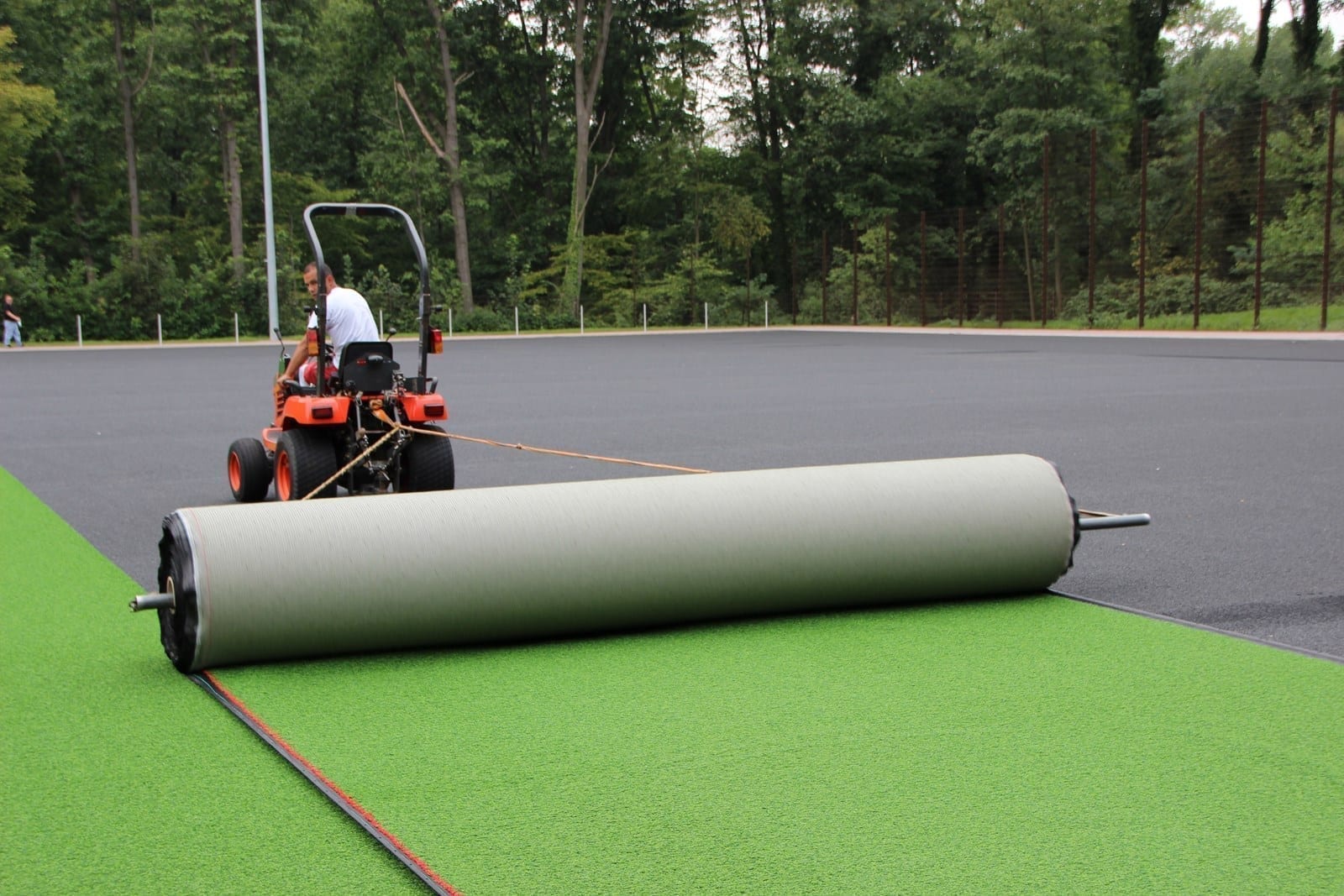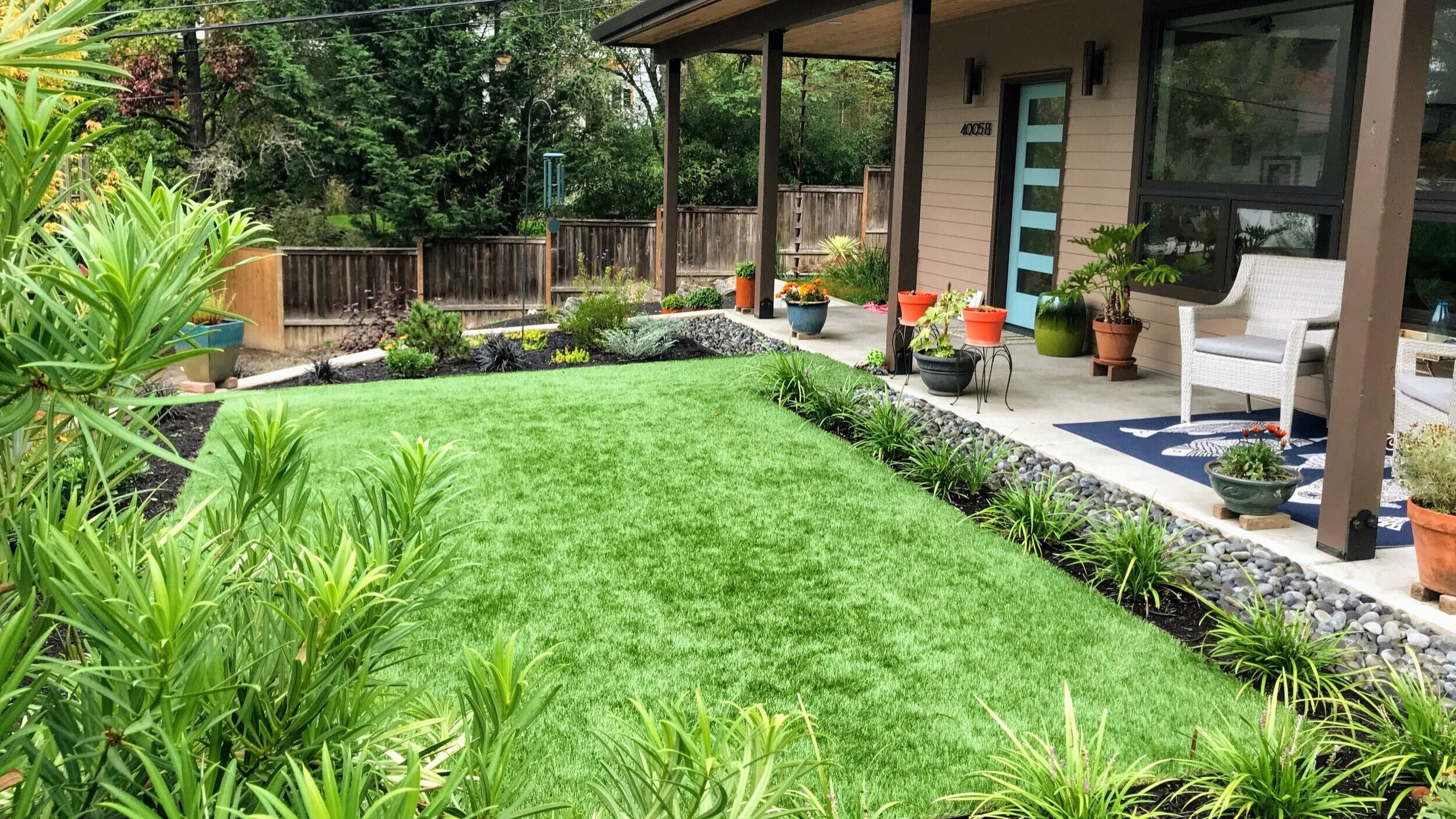Select Trusted Artificial Turf Companies Phoenix for Long-Lasting and Realistic Grass
Select Trusted Artificial Turf Companies Phoenix for Long-Lasting and Realistic Grass
Blog Article
Delve Into the Environmental Perks of Opting for Artificial Turf Solutions
The adoption of fabricated turf options offers a compelling chance to resolve pressing environmental difficulties. By significantly lowering water usage and decreasing the application of hazardous chemicals, these choices not only promote sustainable landscaping yet additionally safeguard local ecological communities.
Water Preservation Conveniences
Among the most considerable benefits of fabricated lawn is its ability to save water. Conventional lawn yards need considerable watering, particularly in areas vulnerable to dry spell or water restrictions. In contrast, synthetic grass does not need watering, substantially minimizing the overall demand for water sources. This attribute is particularly beneficial in arid areas where water deficiency is a pressing worry.
By removing the need for routine watering, fabricated lawn adds to lasting landscape techniques and helps reduce the ecological impact of extreme water consumption. Moreover, the preservation of water includes the reduction of drainage, which can result in soil disintegration and river air pollution.
In addition, the installation of man-made turf enables house owners and towns to allot water resources more successfully, focusing on necessary usages such as alcohol consumption water and farming. The shift in the direction of synthetic grass not just advertises liable water use but likewise straightens with more comprehensive ecological objectives targeted at protecting natural deposits.
As neighborhoods increasingly focus on sustainability, the water conservation advantages of synthetic grass provide a compelling instance for its adoption in industrial and domestic landscaping projects.
Reduced Chemical Use
The transition to synthetic turf considerably lowers the dependence on chemical therapies frequently utilized in all-natural lawn maintenance. Traditional lawn administration typically involves the application of fertilizers, herbicides, and chemicals to advertise development and control bugs. These chemicals can pose dangers to human wellness, local wild animals, and the atmosphere, contributing to dirt and water contamination.
In comparison, synthetic turf eliminates the demand for these dangerous materials. By lessening the launch of synthetic compounds right into the environment, artificial grass advertises much healthier dirt and water systems.
Additionally, the absence of chemical drainage linked with synthetic grass installations helps protect local waterways from pollution, supporting aquatic life and maintaining biodiversity. Artificial turf companies phoenix. As neighborhoods progressively prioritize sustainable practices, choosing synthetic grass offers a sensible solution that straightens with ecological conservation goals. Via this change, homeowner can appreciate lavish environment-friendly areas without jeopardizing environmental health and wellness, leading the way for an extra lasting future
Reduced Carbon Impact

Furthermore, the installment of fabricated grass can cause significant water conservation. Natural grass require significant quantities of water for irrigation, which not read this only includes in the carbon footprint connected with water removal and therapy but likewise pressures local water resources. On the other hand, synthetic turf requires minimal maintenance, calling for no watering, thus significantly decreasing water use and its connected energy expenses.
Furthermore, the durability of fabricated lawn contributes to its reduced carbon impact. With a lifespan of as much as 15 years or more, the requirement for regular substitutes is lessened, causing much less waste and lower power consumption in production and taking care of traditional yard alternatives. Generally, synthetic grass provides a lasting choice for environmentally mindful landscape design.
Environment Preservation
Habitat conservation is a critical consideration in the discussion over landscaping selections, particularly when comparing synthetic grass to natural lawn. Natural lawn lawns commonly call for comprehensive maintenance, including using herbicides, plant foods, and chemicals, which can detrimentally affect local communities. These chemicals can seep into the dirt and waterways, harming indigenous flora and animals and interrupting neighborhood habitats.
Man-made turf removes the need for dangerous chemicals, thereby securing nearby wildlife and preserving the integrity of surrounding communities. The installment of fabricated lawn can lead to the conversion of former lawn locations into more biodiverse landscapes, such as pollinator gardens or indigenous plant locations, which can support regional wildlife.
Eventually, the change to artificial lawn not just conserves water and try this decreases maintenance efforts yet additionally fosters a more unified partnership between human tasks and the native environment, promoting habitat conservation while doing so.
Long-Term Sustainability
Long-lasting sustainability is a vital consider assessing the benefits of synthetic grass over conventional turf lawns. One of the most substantial benefits of synthetic grass is its resilience; it can last up to 15-20 years with marginal upkeep, whereas natural lawn needs regular reseeding and substitute. This durability reduces the requirement for constant resources, such as water, fertilizers, and chemicals, which are vital for keeping a healthy turf lawn.
In addition, man-made lawn adds to a decrease in carbon emissions connected with grass care tools. Conventional grass typically need gas-powered mowers, trimmers, and blowers, every one of which contribute to air pollution. Phoenix turf companies. In contrast, synthetic grass eliminates the demand for such devices, advertising a cleaner setting
Furthermore, the production of artificial grass significantly utilizes recycled materials, enhancing its sustainability profile. As makers take on environment-friendly methods, the ecological impact of find more information synthetic grass remains to diminish.

Final Thought
The adoption of synthetic turf options provides substantial ecological benefits, consisting of significant water preservation, lowered reliance on unsafe chemicals, and a reduced carbon impact. In addition, synthetic grass help in maintaining all-natural habitats by reducing land disturbance and advertising lasting sustainability via making use of long lasting materials. Collectively, these factors highlight the capacity of synthetic grass to contribute positively to ecological health and offer a sensible option to standard landscaping practices in a progressively resource-conscious world.
In comparison, man-made lawn does not require watering, substantially decreasing the general need for water sources. By decreasing the release of artificial substances into the ecosystem, fabricated grass advertises healthier dirt and water systems.
In addition, the setup of synthetic turf can result in significant water conservation. In comparison, man-made turf requires minimal maintenance, needing no watering, therefore dramatically decreasing water usage and its connected power costs.

Report this page